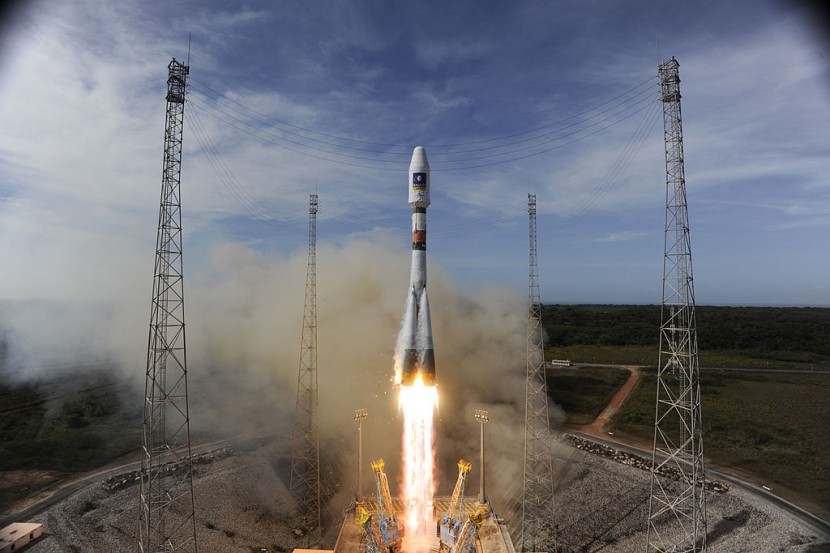
A part of a massive Chinese rocket is falling back to Earth and will most likely crash on Saturday. Experts caution that it might hit a populated city.
In a statement this week, the Pentagon said that the exact location where it will strike could not be identified until within hours of its reentry. US officials are monitoring the trajectory of the rocket, USA Today reported. According to Pentagon spokesperson John Kirby, Secretary of Defense Lloyd Austin is aware and knows the space command is watching, actually monitoring this Chinese rocket debris.
Chinese rocket debris may fall on a populated city
The Wenchang Space Launch Center in southern China's Hainan province launched the Long March 5B rocket carrying China's Tianhe space station core module on April 29. Dubbed Heavenly Harmony, the space station will be China's first to host astronauts on a long-term basis.
China intends to deploy ten more rockets to deliver extra space station components into orbit. Jonathan McDowell, an astrophysicist at Harvard University's Astrophysics Center, told the Guardian it is potentially not good.
Usually, discarded core rockets, also known as first-stage rockets, crash into the sea shortly after launch and do not reach orbit, as this one did. China's space agency has yet to confirm whether the massive rocket's central stage is under the order.
No one can be certain. Because of the rocket's speed, pinpointing where debris might end up is almost impossible, said McDowell to CNN. Even minor variations in circumstances will dramatically alter the trajectory. Per Space News, the debris will be drawn closer to Earth as encounters with molecules in the atmosphere increase.
However, one group has predicted that after flying over eastern US areas, the debris is expected to strike the Pacific Ocean near the equator, said the nonprofit Aerospace Corp. Its orbit stretches from New Zealand to Newfoundland, covering a large portion of the Earth.
It's about 100 feet tall, making it one of the biggest pieces of space debris ever to hit Earth. "As far as I can see, it's almost the body of the rocket, almost intact, falling down," Kirby said.
The stage's thin-skinned aluminum alloy exterior can quickly burn up in the atmosphere, as per the Chinese Communist Party's newspaper Global Times. The danger to people on the surface is exceedingly remote.
According to CNN, a fragment of a Chinese rocket flew straight over Los Angeles and Central Park in New York City before crashing in the Atlantic Ocean last year, making it one of the largest pieces of unchecked space debris ever. Last May, an 18-ton rocket became the heaviest piece of unregulated debris to crash since the Soviet space station Salyut 7 in 1991.
After Beijing announced it had lost ground, China's first space station, Tiangong-1, crashed into the Pacific Ocean in 2016. The space agency successfully decommissioned Tiangong-2, its second station, in the atmosphere in 2019.
Related Article: 60 New SpaceX Starlink Satellites Aboard Into Orbit as Over 500,000 People Order Internet Service
A huge piece of a Chinese rocket is now hurtling toward Earth at 18,000mph and is expected to re-enter Earth's atmosphere sometime this weekend. Only problem, no one knows *where* it will land. @barbarastarrcnn reports on how the Pentagon is tracking this and more. pic.twitter.com/2zemeO8jyx
— Ana Cabrera (@AnaCabrera) May 5, 2021








